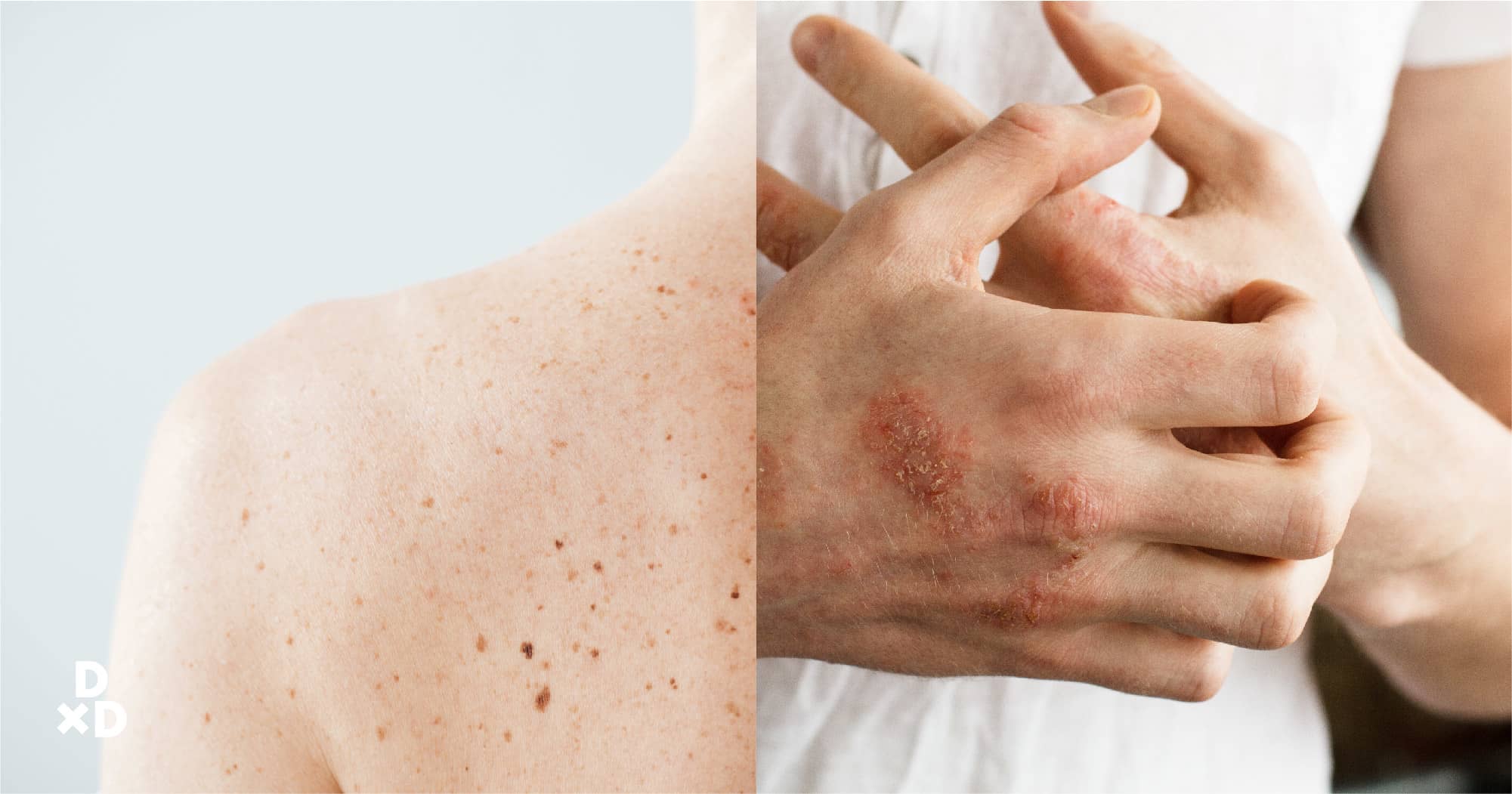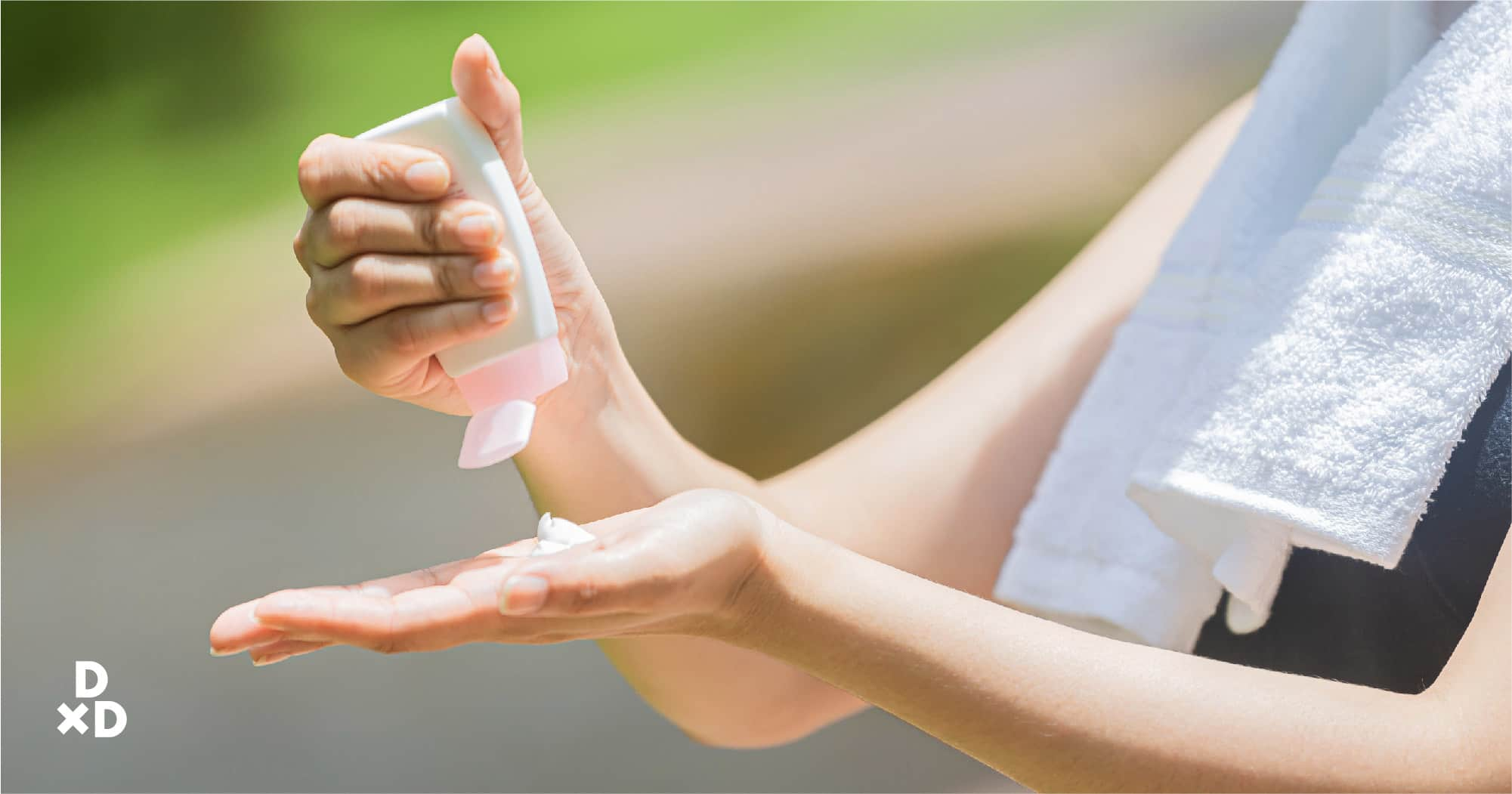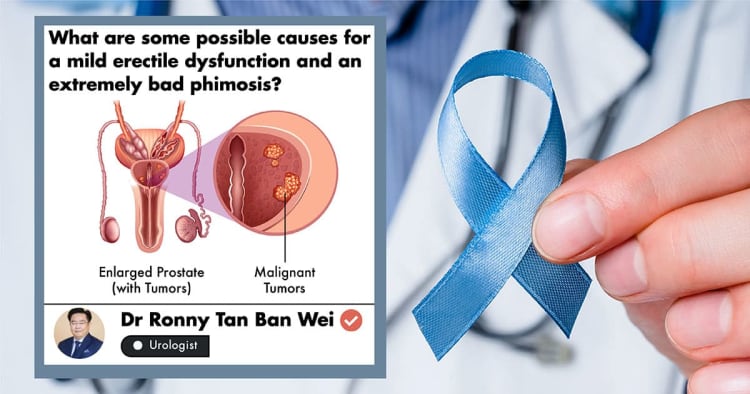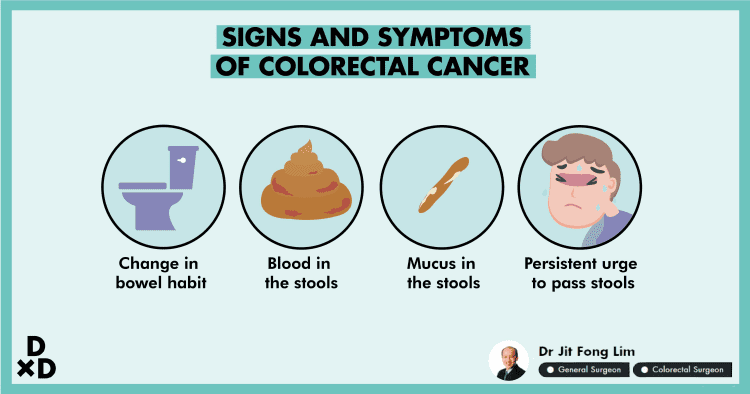Little do we know that an excessive amount of exposure to the sun can lead to Skin Cancer in Singapore. If it is not treated quickly, cancer can spread and become dangerous.
In Singapore, the weather is mostly hot and humid. Short sleeves and shorts are the most comfortable piece of clothing to wear.
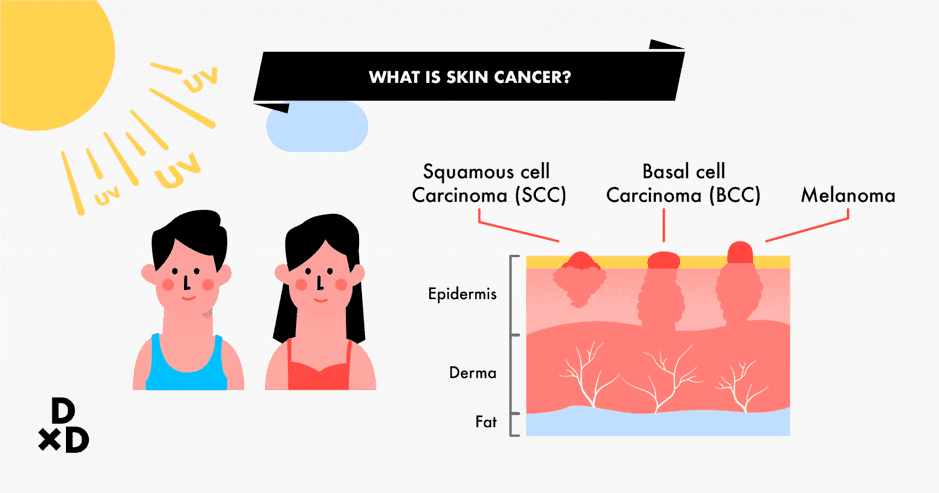
What is Skin Cancer?
Generally, skin cancer is defined as the abnormal growth of cells and is mainly caused by the skin being exposed to the sun without protection.
However, not all cases of skin cancer are caused by that. There are 3 common types of skin cancers: [1].
1. Basal cell carcinoma (BCC)
This type of skin cancer occurs due to the uncontrolled growth of basal cells.
Basal cells are one of the most important cells in the outer layer of our skin. In most cases, BCC is curable when found and treated early because their growth is slow [2].
2. Squamous cell carcinoma (SCC)
This type of skin cancer is caused by the uncontrolled growth of the squamous cell.
Squamous cell is a fat cell that is located near the outer layer of your skin.
One of the triggers for SCC is damaged DNA from UV exposure, which creates an abnormal change in the squamous cell.
This skin cancer is also known as cutaneous squamous cell carcinoma (cSCC) to differentiate it from the type of squamous cancer where it attacks the mouth, throat, or lungs. [3]
3. Melanoma
Of the 3 types of skin cancer, melanoma is the most dangerous and least common type of skin cancer.
Melanoma occurs when triggered by excessive exposure to ultraviolet radiation.
This radiation triggers melanocytes mutation that results in fast-growing melanocytes. Melanocytes itself is a cell that forms melanin, a pigment that gives colour to your skin. [4]
Also Read: What are the signs and symptoms of subungual melanoma?
What are the symptoms of skin cancer?
Different types of cancer have different symptoms and different skin conditions.
These are some of the symptoms categorised by type [5]:
Basal cell carcinoma (BCC)
Waxy-looking skin
Red-coloured firm lumps (brownish if you have darker skin tone)
Itchy or bleeding skin
Skin scabbing
Painless ulcer
Squamous cell carcinoma (SCC)
Scaly skin
Pinkish or reddish-looking skin
Feels tender when touched
Melanoma [6]
The appearance of dark spots or changes that occurs in an existing mole
Itchy or tender feeling, alongside pain
The change of the texture in an existing mole
Bleeding
How is Skin Cancer diagnosed in Singapore?
At the beginning of the test, your dermatologist will do a visual examination to check suspicious spots and notes of the size, shape, colour, texture that can lead to symptoms of skin cancer.
If there is a suspicious-looking spot, your dermatologist will use a special microscope to check it further. [7]
There are 2 most common types of test to determine skin cancer:
1. Biopsy
There are many different types of biopsy. However, the type of biopsy to diagnose skin cancer is called a cutaneous biopsy, or skin biopsy. Skin biopsy is also divided by several procedures such as: [8]
- Shave biopsy: During this procedure, your doctor uses a razor-like tool to shave the surface of your skin.
- Punch biopsy: Your doctor uses a stamp-like tool to remove a small bit of your skin in order to take a sample of the skin layer below your epidermis.
- Incisional biopsy: Your doctor makes a small incision to get a skin sample.
- Excisional biopsy: The sample is taken by removing the whole lump or area that looks abnormal on the skin.
2. Imaging tests
The imaging tests that are performed to determine skin cancer are: [9]
- CT Scan, or computer tomography imaging test is using x-ray to show a detailed visual image of an area inside the body.
- PET Scan, or positron emission tomography is measuring your blood flow, glucose, and oxygen. A PET scan is often combined with CT scan in order to evaluate the examined area in detail.
- A Chest X-Ray is usually performed to look for melanoma that has spread to the lung.
- An MRI takes a picture of your organs and body structure without exposing you to radiation. The image outcome is also better than a CT scan. Therefore, it is more effective to find cancer that has spread to the brain.
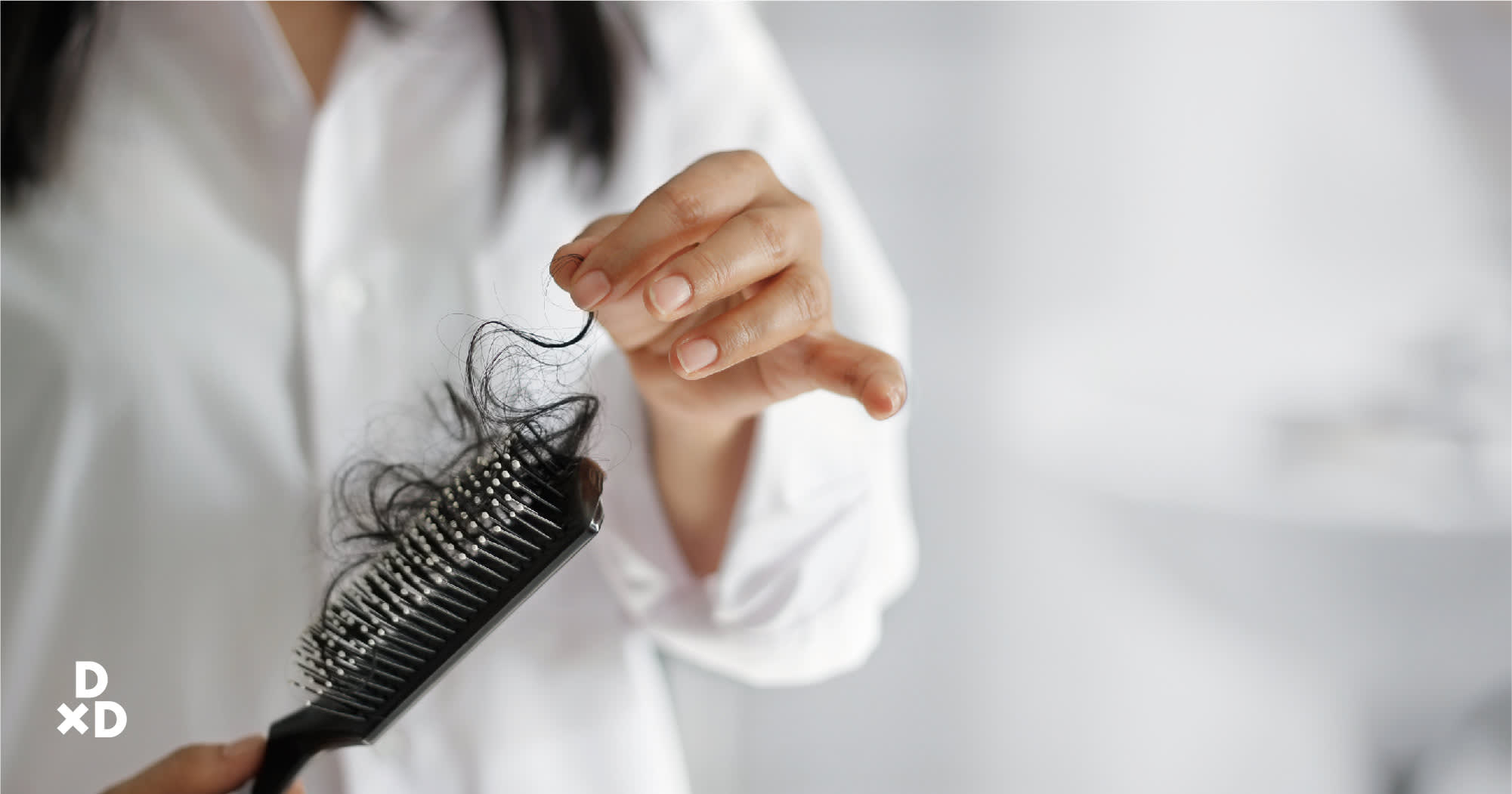
What side effects can I expect post-treatment?
Depending on the treatment that you are going for, the side effects may vary. Commonly, you will experience loss of appetite and fatigue. Some other side effects you may also experience are:
- Swelling
- Loss of hair
- Nausea and vomiting
- Concentration problems
- Anaemia
What are the common Types of Skin Cancer in Singapore?
Melanoma is a type of cancer that spreads quickly.
Aside from Melanoma, there are also two other common types of cancer: Basal Cell Carcinoma (BCC) and Squamous Cell Carcinoma (SCC).
They are all related to sun exposure. Some people are usually careless with sunblock.
It is supposed to be reapplied throughout the day as it usually wears off in 1-2 hours and people often forget to reapply.
What rating of Sunblock should I use to avoid Skin Cancer in Singapore?
Sunblock with SPF30 is a good level of protection.
A higher SPF means higher protection, but the most important part is to always remember to reapply every 1-2 hours, especially when your skin is directly exposed to the sun without any covers.
If I am experiencing hair loss, should I be afraid of having Skin Cancer?
Most of the time, hair protects the scalp. If you have total hair loss or are totally bald, you should wear a headgear or a cap to protect yourself from the sun.
Who should I see for skin cancer in Singapore? Dermatologist? Oncologist?
Usually, dermatologists are the one who will help to treat your condition. However, some cases may need to be treated by a general surgeon or oncologist. If the patient is undergoing a surgical biopsy, you will need a pathologist to read the surgical biopsy.
You should see a dermatologist because of not every lump or bump means you have cancer. Other conditions can mimic cancer, such as abnormal mole or pigmentation.
Related: Can a long-standing mole turn into a melanoma?
An abnormal mole or pigmentation also doesn't always come in a dark colour or light transparent colour. To make sure, it is best to get to a doctor to get a biopsy.
Also Read: The Comprehensive Guide to Mole Removal in Singapore (2020)
How are Skin Cancers treated in Singapore?
Commonly, skin cancer is treated with a surgical procedure to remove the cancerous cell.
A procedure called ‘Mohs surgery’ is usually performed to treat cancer, especially melanoma.
The procedure is done by taking each layer of the tumour to check for cancer using the microscope. Each layer is cut out until there are no more cancer layers [10].
If the patient has melanoma, patients need to do a full-body scan to ensure that it will not be recurring since it also spreads easily.
If the patient has localised cancers, there is no need to do additional treatment
Also Read: The Complete Guide To Seeing A Dermatologist In Singapore (2020)
What areas of the human body does skin cancer affect the most?
Based on my experience, a lot of patients have it on their face or on top of their earlobes. Generally, the areas that commonly get skin cancer are the areas where people usually miss out while putting on sunblock.
Related: What are good recommended sunscreens in Singapore for UVA and UVB protection?
What is the aftercare and downtime after Skin Cancer treatment?
For localised treatment, the downtime is around 1 to 2 days. However, bigger surgeries usually take longer to recover up to 1 week. You might also feel sore after the surgery.
After the surgery, you should wear long sleeves, pants, hats, UV protected sunglasses and put on sunblock when outdoors.
You also need to refrain from smoking, eating junk food, limiting alcohol, exercise more, and manage stress to avoid recurrence.
Are Skin Cancer treatments Insurance or Medisave claimable in Singapore?
Cancer treatments are generally insurance or Medisave claimable within the clinics. However, there is a limitation on the amount of money that can be claimed.
Conclusion
Most non-melanoma skin cancers tend to grow slowly. This helps doctors to treat it during the early stage and prevent it from spreading too far.
Aside from that, the chance of recurrence is also relatively lower. On the other hand, melanoma tends to grow rapidly.
The side effects of skin cancer treatment are also similar to other types of cancers since the treatments are also similar, such as therapies, surgical treatments, etc.
If you see any suspicious lumps or spots, make sure you check it with your dermatologist as soon as you can. That way, it can be treated quickly if there is an indication leading to skin cancer.
Read this next: The Ultimate Guide to Fighting Cancer in Singapore (2020)


